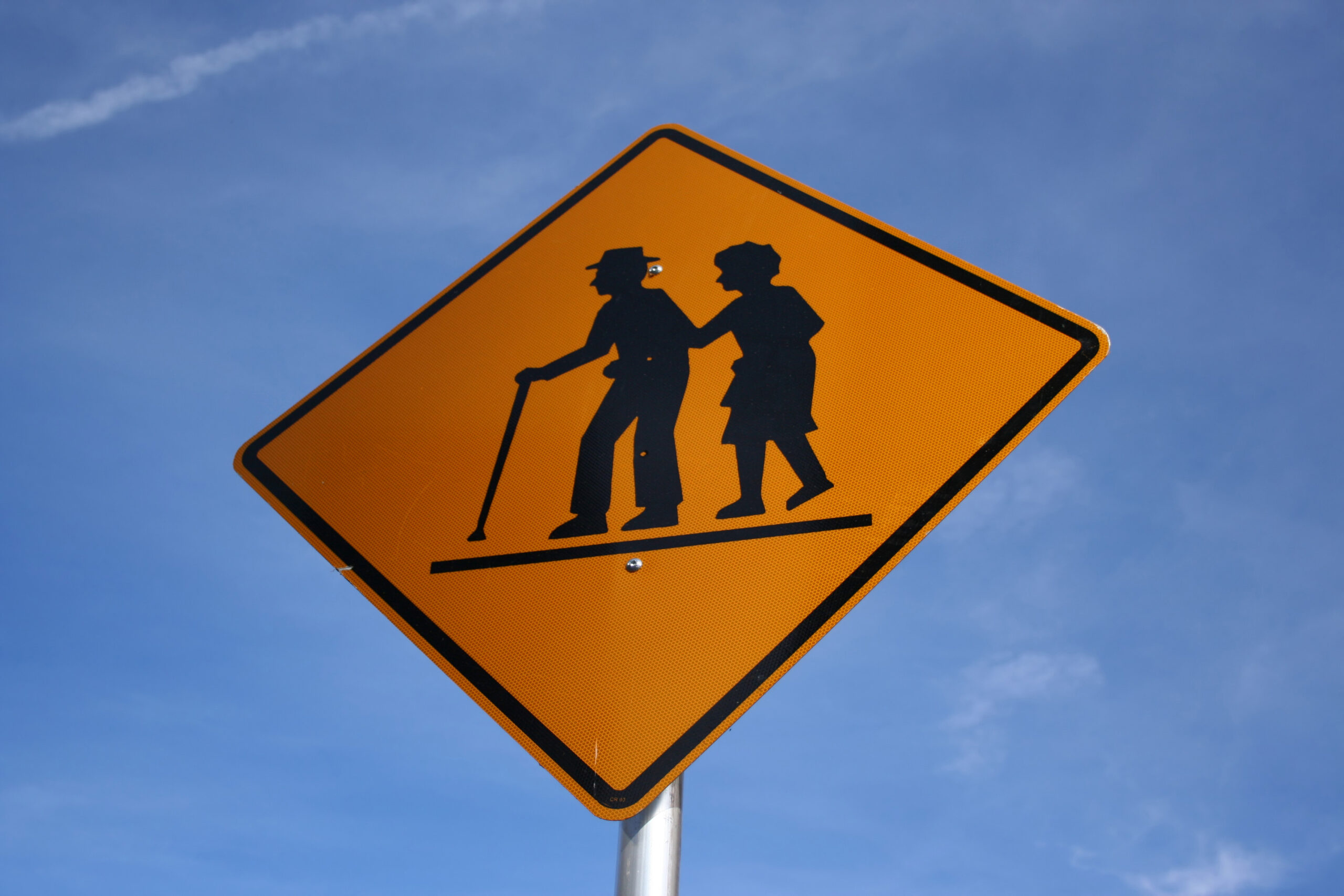When deciding on an ideal location to age in place independently, many seniors consider walkable urban communities where shopping, restaurants and recreational activities are within close proximity. Walkability may come with a price however; busy cities with heavy traffic can pose a danger for elderly adults who may not be able to move quickly across intersections and can be at risk for injury.
Pedestrians over the age of 65 are five times more likely to suffer a fatal injury than younger people who can move more easily out of harm’s way. According to the Centers for Disease Control and Prevention, seniors accounted for 19 per cent of all pedestrian deaths and an estimated 13 per cent of pedestrian injuries in 2015. Most pedestrian deaths occurred in urban areas, not at an intersection and at night.
As the senior population grows over the next two decades, street improvements and modifications will be necessary to help prevent pedestrian injuries. New York City has recently implemented a new model for reducing the number of injuries and fatalities occurring on the streets with a focus on pedestrians. Seniors have reported they need more time to cross the street (or a pedestrian island half-way), clear road markings and pedestrian ramps which make it easier for those with mobility restrictions to pass safely. Decaying sidewalks and curbs, faded signage and poorly lit intersections put older pedestrians, especially those who use a walker or cane, at risk for injuries and fatalities.
To help stay safe while remaining physically and socially active in their communities, senior pedestrians can take a number of precautions to help prevent injury.
- Wear brightly colored clothing during the day and reflective clothing at night to be more visible to drivers.
- If possible, make eye contact with the driver of stopped vehicles to ensure they see you.
- Put away smartphones and take out headphones while crossing the street to avoid distractions.
- Follow traffic rules.
- Use crosswalks or a well-lit spot on the road to cross.
- Remain on sidewalks wherever possible.
- Avoid alcohol consumption which may impair reflexes and judgment.
To learn more about New York’s street safety program, based on a Swedish model, follow this link.






Add Your Voice
0 Comments
Join the Discussion